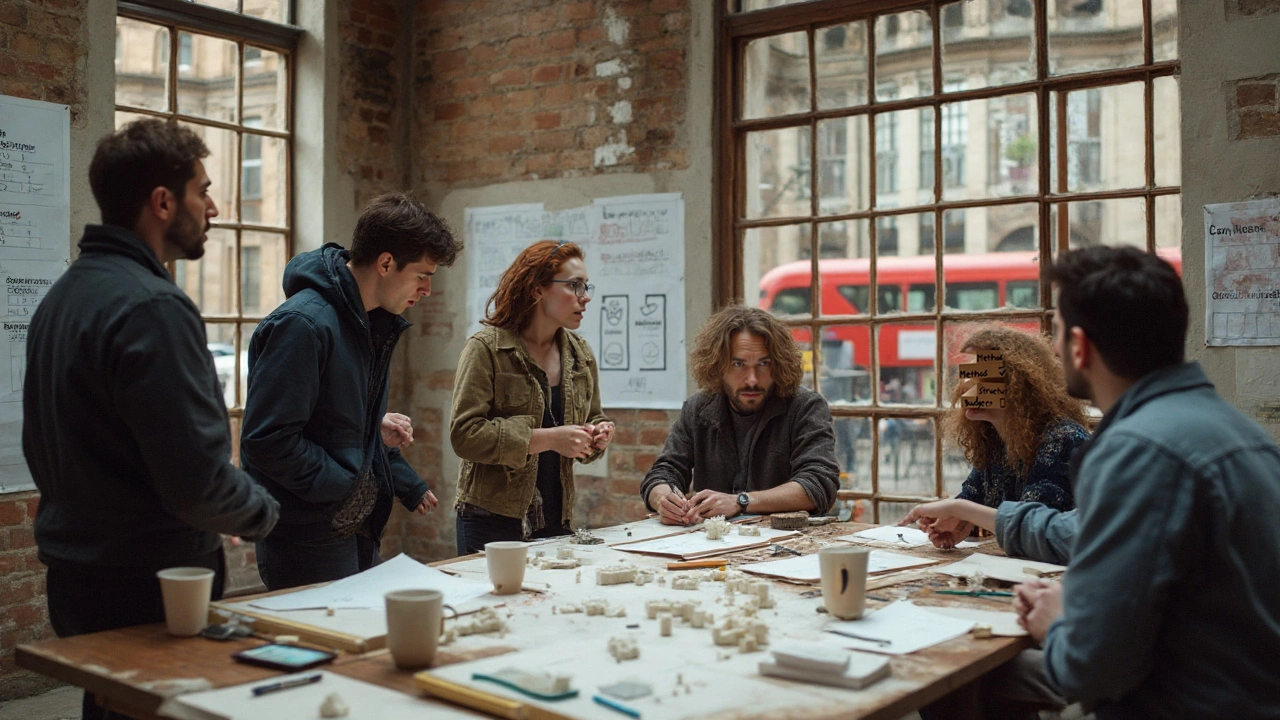Non-Linear Geometry: Curvy Forms that Shape Modern Art & Architecture
When you think of geometry, straight lines and perfect squares often come to mind. But real life loves curves – from winding rivers to twisting staircases. That’s what non-linear geometry is all about: shapes that bend, twist, and flow. In the last decade, designers have swapped rigid grids for organic forms, and the results are striking.
Why Curves Matter in Design
Curves do more than look cool. They guide the eye, create movement, and can make spaces feel more inviting. In architecture, a gently arced façade can soften a building’s presence on a busy street. In art, spirals and undulating lines add emotional depth, pulling viewers into the piece. Studies show people find curved environments more comfortable, which is why many modern museums and offices now feature flowing interiors.
Getting Started with Non-Linear Geometry
1. Pick the right tool. Parametric software like Grasshopper, Rhino, or Houdini lets you define curves with math instead of hand‑drawing each line. Start with simple equations – a sine wave or a parabola – and watch the shape evolve.
2. Use reference patterns. Look at nature: seashells, leaf veins, and wave fronts. Replicate those patterns by tracing photos or using 3D scanners. Then translate the data into your design software.
3. Mix and match. Combine straight edges with curves to keep the design grounded. A rectangular base topped with a sweeping roof creates balance while still feeling dynamic.
4. Test the physics. Curved structures can be strong, but they also need careful engineering. Run simulations for load, wind, and material stress before you commit to construction.
5. Iterate fast. Non-linear geometry thrives on experimentation. Change a single parameter – like the amplitude of a wave – and instantly see a new form. Keep a short video log of each version to decide which shape fits your vision.
Real‑world example: the Heydar Aliyev Center in Baku uses non-linear geometry to create a seamless, flowing envelope that looks like a single, stretched skin. The building’s curves aren’t just aesthetic; they help channel wind and reduce material waste.
If you’re a painter, try mapping a simple curve onto a canvas grid, then fill the spaces with color blocks. The result is a composition that feels both structured and fluid.
Ready to try it yourself? Grab a free trial of a parametric tool, sketch a basic curve, and apply it to a small project – maybe a coffee table design or a digital artwork. You’ll quickly see how non-linear geometry can transform ordinary ideas into eye‑catching statements.
Remember, the goal isn’t to replace straight lines but to add another language to your design toolbox. With a few curves, you can make spaces feel more alive, guide movement, and give your work a fresh, modern edge.

Pushing the Envelope with Deconstructivism: Design, Structure, and Cost
A clear, practical guide to pushing deconstructivism beyond sculpture-covering design methods, structure, budget, and buildability, with examples and checklists.
Read more